Motion sickness can turn an exciting boat trip or bus ride into a miserable experience. That queasy feeling happens when your eyes, inner ears, and body send mixed signals to your brain about movement. Fortunately, there are proven ways to prevent and reduce these uncomfortable symptoms that really work.
1. Lock your eyes on a stable view

Your brain gets confused when your eyes see one thing while your inner ears feel something different. This mismatch creates that awful nauseous feeling that ruins travel plans.
Finding a steady visual point helps your brain make sense of the movement around you. On boats, head up to the deck whenever possible and focus on the distant horizon line.
Bus travelers should grab a window seat facing forward and look ahead at the road or distant scenery. Avoid looking at moving objects nearby, as these make the problem worse instead of better.
2. Pick your spot to minimize motion

Location matters more than most people realize when fighting motion sickness. The front of boats and buses experience the most dramatic ups and downs, making symptoms much worse.
Smart travelers choose spots in the middle sections of boats where the rocking motion feels less intense. Always try to get areas with windows or open views to the outside world.
Bus riders should face forward rather than sitting sideways or backward in their seats. Side-facing and rear-facing positions confuse your balance system and increase the chances of feeling sick during the journey.
3. Skip reading and screens in transit

Reading books or scrolling through phones creates a perfect storm for motion sickness. Your eyes focus on stationary text while your body rocks and moves with the vehicle.
This visual-motion conflict sends your brain completely mixed messages about what’s happening. Your eyes say everything is still, but your inner ears clearly feel the movement around you.
Save entertainment for rest stops and breaks instead. Focus on looking outside or closing your eyes to rest. Your stomach will thank you for putting down that phone or book during bumpy rides.
4. Keep cool air moving

Fresh, moving air works like magic against motion sickness symptoms. Stuffy, hot environments make nausea much worse, while cool breezes provide instant relief for many travelers.
Open windows, use fans, or position yourself near air conditioning vents whenever possible. The flowing air helps you feel more comfortable and less trapped during rough rides.
Strong smells from food, fuel, or other passengers can trigger nausea quickly. Avoid alcohol and smoking completely, as these substances make motion sickness symptoms significantly worse rather than providing any relief whatsoever.
5. Use controlled, steady breathing
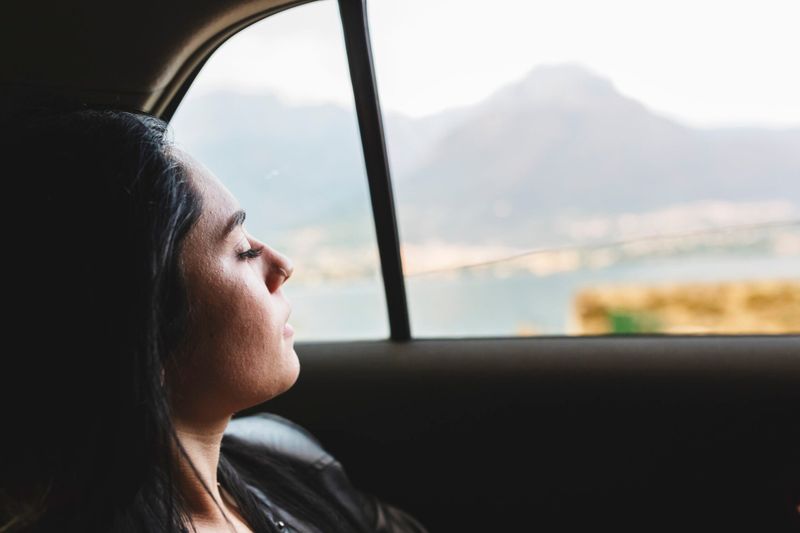
Simple breathing exercises cost nothing but deliver real results against motion sickness. Laboratory studies show that paced breathing works about half as well as medications without any side effects.
Focus on slow, regular breaths in through your nose and out through your mouth. Count to four while breathing in, then count to four while breathing out.
This technique helps calm your nervous system and reduces the panic that often makes motion sickness worse. Practice before your trip so the breathing pattern feels natural when you need it most during travel.
6. Take effective meds before the ride
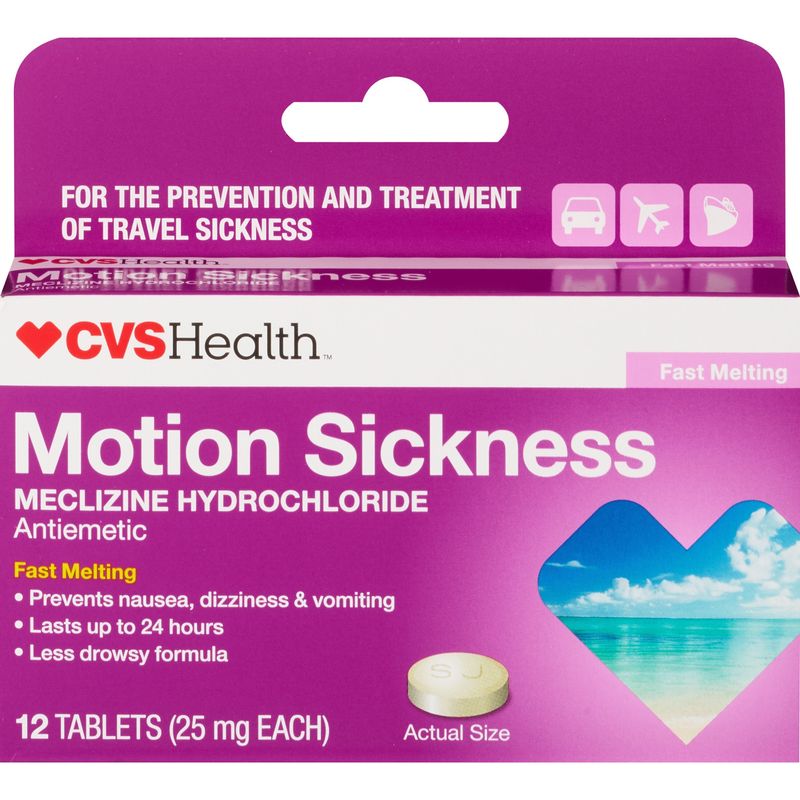
Prevention beats treatment every single time with motion sickness medications. Starting drugs after symptoms begin rarely provides the relief you need for comfortable travel.
Meclizine and dimenhydrinate work well for short trips and mild motion. Doctors prescribe stronger options like promethazine for rough seas and intense movement situations.
Trips longer than six hours often require scopolamine patches for lasting protection. Always start medications before boarding your boat or bus. Talk with healthcare providers about which option fits your specific travel plans and medical history best.
7. Scopolamine patch: how and when
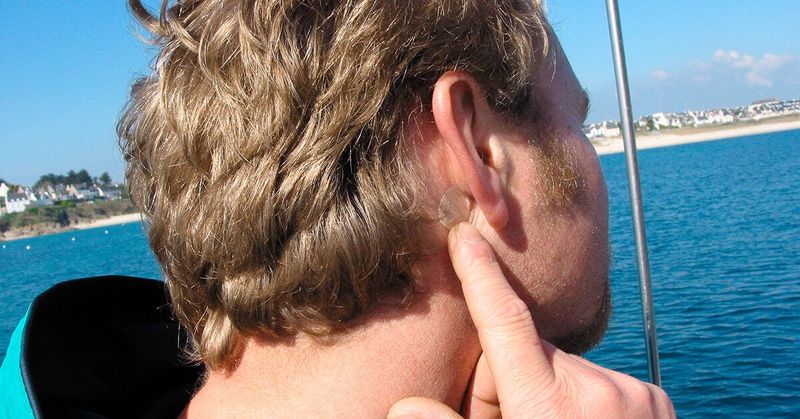
Scopolamine patches provide up to three days of motion sickness protection, making them perfect for longer journeys. Apply the patch behind one ear at least four hours before departure.
The medication builds up slowly in your system over several hours to reach full effectiveness. Never cut or modify the patch, as this changes how the drug enters your body.
Always wash your hands thoroughly after applying the patch to avoid getting medication in your eyes. Common side effects include dry mouth and drowsiness, so plan accordingly for these expected changes during travel.
8. Important safety notes for scopolamine
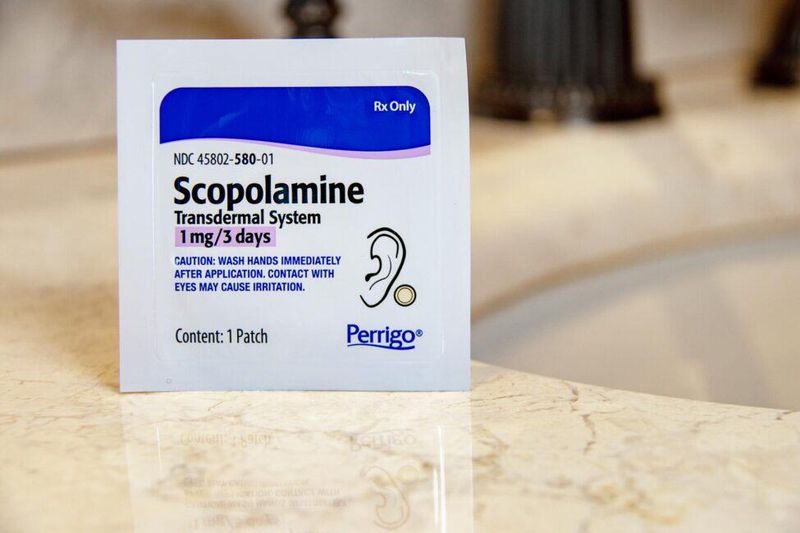
Scopolamine patches aren’t safe for everyone, especially people with certain eye conditions like angle-closure glaucoma. Urinary and digestive problems can also make this medication dangerous rather than helpful.
Alcohol increases side effects significantly, so avoid drinking while using patches. Watch for confusion or extreme drowsiness, which signals serious problems requiring immediate medical attention.
Children cannot use scopolamine patches safely, as they’re not approved for young travelers. Remove patches immediately if you experience concerning symptoms and contact healthcare providers for guidance on what to do next.
9. Know what doesn’t work well for motion sickness

Many popular medications simply don’t target the right brain pathways for motion sickness relief. Less-drowsy antihistamines like cetirizine, loratadine, and fexofenadine fail to prevent symptoms effectively.
Ondansetron, commonly used for other types of nausea, doesn’t work against motion sickness either. This drug blocks different chemical signals than those involved in travel-related queasiness.
Don’t waste money or time on ineffective treatments when proven options exist. Stick with medications specifically designed for motion sickness rather than general nausea drugs that won’t provide the relief you need.
10. Ginger and wrist bands: fine to try, but don’t rely on them
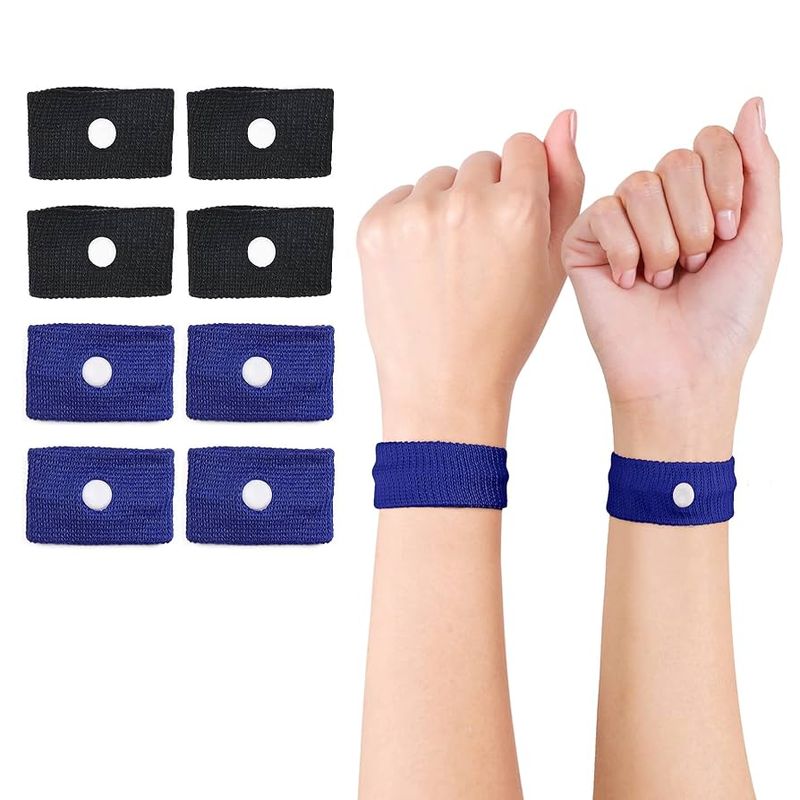
Ginger supplements and acupressure wristbands remain popular despite mixed scientific evidence. Most controlled studies show these remedies work about as well as sugar pills for motion sickness.
Wrist bands that press on specific points test at placebo levels in research trials. Ginger studies produce conflicting results, with no clear proof of consistent benefit for travelers.
These options won’t hurt you if they provide comfort or confidence. However, don’t skip proven prevention methods in favor of unproven remedies. Use them as extras alongside effective treatments rather than replacements.
11. For kids, start with behavior—use meds cautiously

Children respond well to simple behavioral approaches like looking at horizons and avoiding reading during travel. These safe techniques should always be tried first before considering medications.
Some experts warn against diphenhydramine in kids because it can cause heavy sedation or unexpected hyperactivity. Young bodies react differently to drugs than adult systems do.
Always consult with pediatricians before giving children any motion sickness medications. Doctors can recommend age-appropriate options and proper dosing based on your child’s specific weight, health, and travel plans for maximum safety.
12. If symptoms start, don’t keep swallowing tablets

Once nausea hits, your stomach basically shuts down and stops absorbing oral medications properly. Swallowing more pills at this point rarely helps and might make you feel worse.
Lie back and focus on slow, steady breathing while getting fresh air on your face. Previously applied patches continue working even when symptoms develop during travel.
Severe cases may require non-oral treatments that doctors can prescribe for emergency situations. The key is prevention rather than treatment, so start protective measures before you feel sick rather than waiting for problems to begin.



